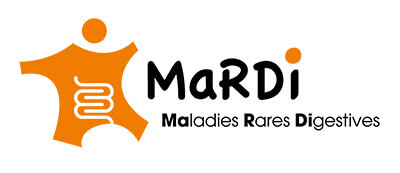Definition and clinical description
These intestinal diseases (called “enteropathies”) always include a primary immune pathology specific to the digestive tract, and are rarely evident at birth because they are probably triggered by immune stimuli partly linked to food antigens and/or vaccine antigens.
Symptoms and prevalence
Diarrhoea occurs after a normal neonatal period, sometimes after weaning and/or the introduction of cow’s milk protein. It is hydro-electrolytic, abundant and often contains blood and mucus. It is often associated with signs of exudative enteropathy (anaemia, hypoalbuminaemia) and extra-digestive manifestations (especially IPEX).
Sometimes associated pathologies are present. These are extra-digestive autoimmune manifestations that precede, accompany or follow diarrhoea, they may be either clinical (insulin-dependent diabetes, hypothyroidism, tubulointerstitial and glomerular nephropathy, hepatitis, polyarthritis, haemolytic anaemia, thrombocytopaenia) or biological.
Diagnostic method
Diagnosis is made at the onset of symptoms and associated disorders. Diagnosis is confirmed by histological investigations.
Management and treatment
It is managed via parenteral nutrition. Modification of infant diet when possible should permanently exclude the main food antigens, starting with cow’s milk proteins.


